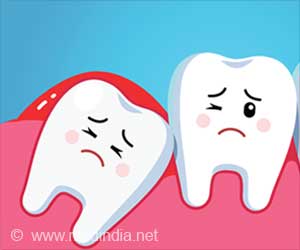The National Physical Laboratory (NPL) has developed the first sensor capable of measuring localized ultrasonic cavitation – the implosion of bubbles in a liquid...
The National Physical Laboratory (NPL) has developed the first sensor capable of measuring localized ultrasonic cavitation – the implosion of bubbles in a liquid when a high frequency sound wave is applied.
The sensor will help hospitals ensure that their instruments are properly disinfected before they are used on patients. The device recently won the annual Outstanding Ultrasonics Product award from the Ultrasonic Industry Association.Cavitation is used throughout the NHS by doctors and dentists to clean and disinfect surgical instruments. A high frequency sound wave is passed through a disinfecting liquid to create bubbles that implode. The force of each implosion removes contaminate particles from surrounding materials.
Cavitation is one of the most effective cleaning processes. There are more than 200 000 places in a teaspoon of tap water where a bubble can emerge and implode, and the process is self-stimulating because the implosion of one bubble creates new sites for further bubbles to emerge. Until now there has been no accurate method of identifying how much cavitation takes place at different locations in a cleaning system, and therefore no measureable way to ensure the cleaning process is effective. The new sensor also means that technicians can fine-tune and optimise equipment so that only the energy required is used, reducing costs and environmental impact.
Previously the only way to measure cavitation rates has been to lower a piece of aluminium foil into the liquid and count the number of 'dents' caused by bubble implosion. NPL's new sensor takes a different approach by monitoring the acoustic signals generated when the bubbles implode. It listens to the bubbles as they collapse and uses the sound to identify how much cavitation is taking place at a given location.
"To spark cavitation we use ultrasonics to 'shout' at a liquid. Our sensor then listens to the response and tells us how much cavitation is taking place as a result of using that particular stimulus," explains Mark Hodnett, a Senior Research Scientist at NPL.
"Cavitation is a powerful process but until now users have had no way to measure exactly how loud to shout in order to get a useful amount of bubbles, nor been able to quantify how energetic those bubbles are. They've previously had to rely on trial and error. This is dangerous when you are dealing with cleanliness in medical environments, and a waste of energy. The NPL sensor provides a new tool for improving cleaning systems and aiding instrument hygiene."
Advertisement
Source-Eurekalert
THK/L







